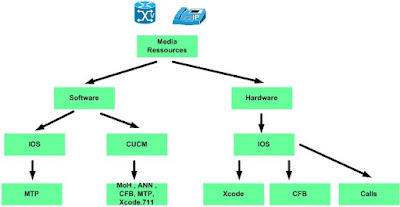Hello welcome back guys, i know ive missing lately m hell i havent finished some article in the Media topics and MCU, but i said , i go with what im working on and i will definity go hit them so i can finish them.
with that been said will kickoff the section , now comonin
LDAP integration this mean we will integrate our UCM with a directory management server.
in UCM we have two method of intergration:
with that been said will kickoff the section , now comonin
LDAP integration this mean we will integrate our UCM with a directory management server.
in UCM we have two method of intergration:
- Synchronization
- Authentication
Now what we are integrating?
we will integrate user information from a server to UCM.
now in the UCM we have two types of users in UCM:
- End-Users
- Application Users
End-users are users with interactive login and that available in the corporate directory and its the main focus of our topic in thie section
Application Users are users for application and non-interactive and CANNOT BE INTEGRATED LDAP.
so that why we will focus only in End-Users.
before we start we will segmented the End-users information into subset
- Subset 1 : Personal / Enterprise information
- Subset 2 : PASSWORD
- Subset 3 : UCM specific information
determening the method of integration is how we will import the subste of the information.
- Synchronization: is when we import the Subset 1 from the LDAP server
- Authentication : is when we import the Subset 1 + Subset 2
- NOTE : SUBSET 3 is never imported from the LDAP
LDAP Attribute Mapping
who to map the standard LDAP variable to the UCM user variable.
|
Cisco Unified Communications
User Fields
|
LDAP Attribute
|
|
User ID
|
sAMAccountName
|
|
Middle Name
|
middleName
|
|
Manager ID
|
Manager
|
|
Phone Number
|
telephoneNumber
|
|
Title
|
Title
|
|
Mobile Number
|
mobile
|
|
Direcotory URI
|
msRTCSIP-primartaddress
|
|
First Name
|
givenName
|
|
Last Name
|
sn
|
|
Departement
|
depart
|
|
Mail ID
|
mail
|
|
Home Number
|
homephone
|
write memory!

